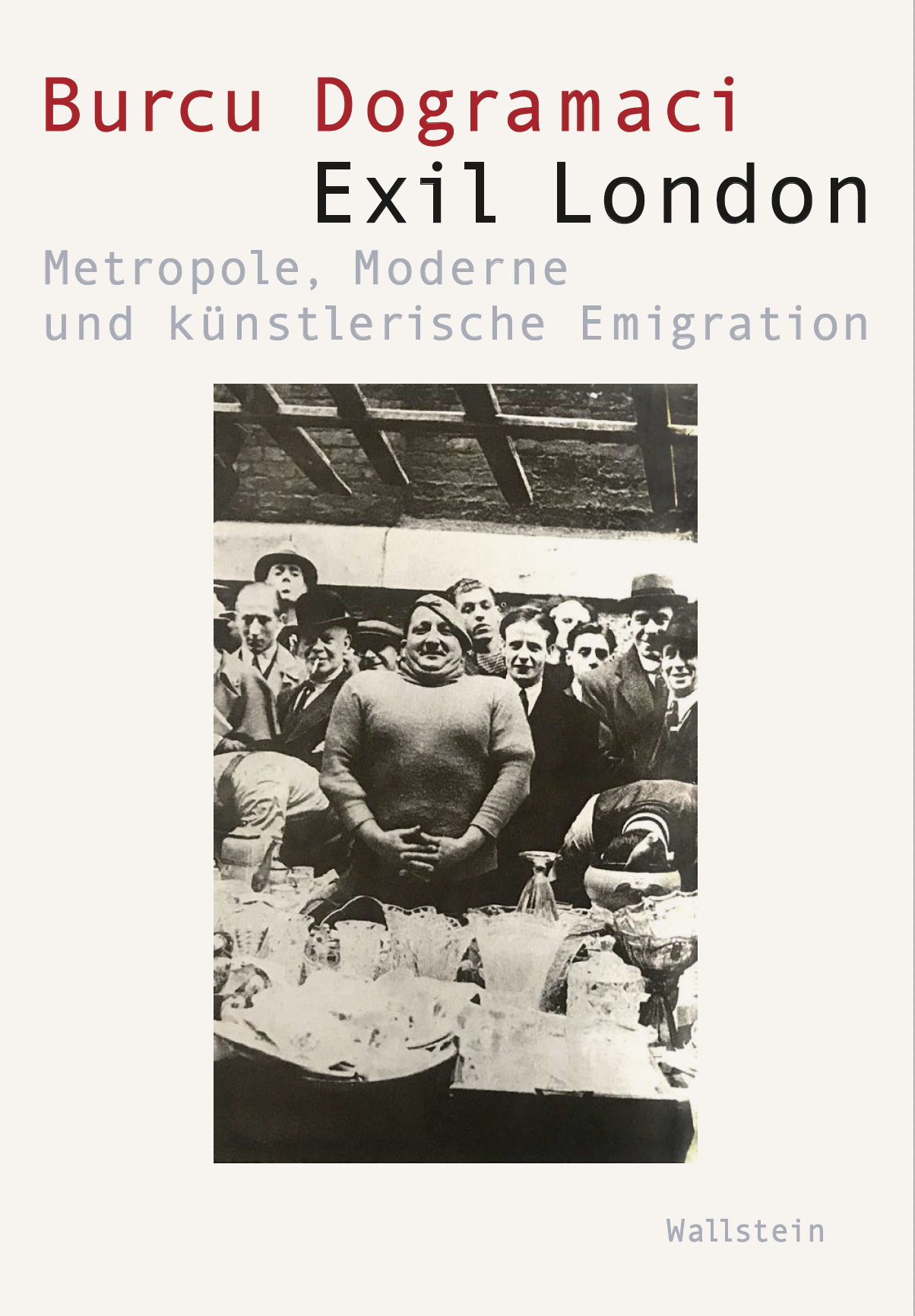Now published: Exil London. Metropole, Moderne und künstlerische Emigration
Burcu Dogramaci’s Exil London. Metropole, Moderne und künstlerische Emigration (Wallstein Verlag 2024) is the result of research in the context of the METROMOD project.

In the 1930s and 1940s, London was a metropolis of artistic exile and a place of refuge from Nazi persecution. Exiles founded galleries, publishing houses and magazines, cooperated with local artists, organised exhibitions and engaged in networks. The book is dedicated to the diverse work of emigrants in art, photography and architecture in dialogue with their city of exile. How did the arrival of the exiles change the art scene? What cultural infrastructures were established? How did the experience of exile and the city itself shape the work of the emigrants?
In addition to well-known urban spaces such as Hyde Park, Exile London also deals with unusual places such as London Zoo, Golders Green Crematorium, Finchley Road, the house of architect Ernő Goldfinger as an exhibition venue, the home of psychoanalyst Sigmund Freud and the city’s street markets. Art history, urban studies and exile research are dynamically interlinked in the book and together contribute to a new understanding of modern art history.
The book (German-language edition, hardcover) is available in bookshops (online and on site). It can also be downloaded here as Open Access. The English edition of Exil London will be published in 2025!

